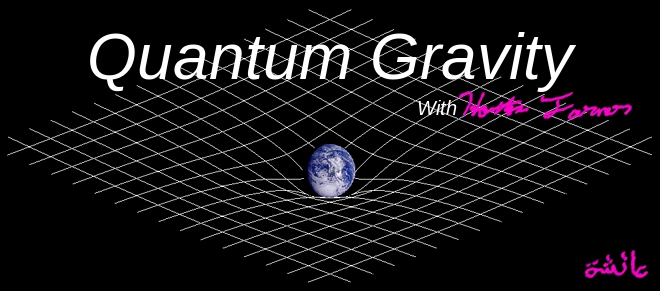 A Study Of 2.4 Million Births: Tylenol Does Not Cause Autism. The White House Left That One Out.
A Study Of 2.4 Million Births: Tylenol Does Not Cause Autism. The White House Left That One Out. ...
 Charlie Kirk An American On The Level of Louis Farrakahn. Rest In Peace. He often quoted 'science' in a misleading way though.
Charlie Kirk An American On The Level of Louis Farrakahn. Rest In Peace. He often quoted 'science' in a misleading way though.Charlie Kirk was shot while exercising his constitutional American right to free speech. ...
 Eric Weinstein's Geometric Unity Has A Fundamental Flaw. No Lagrangian, No Theory
Eric Weinstein's Geometric Unity Has A Fundamental Flaw. No Lagrangian, No TheoryEric Weinstein's theory of Geometric Unity is wrong. So is every other so-called theory of everything...
 There Is No Such Thing as a "Nuclear Scientist". There Are Only Physicists
There Is No Such Thing as a "Nuclear Scientist". There Are Only PhysicistsLet’s bury the dangerous, lazy, and politically convenient idea that there exists a distinct...









